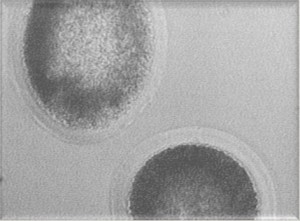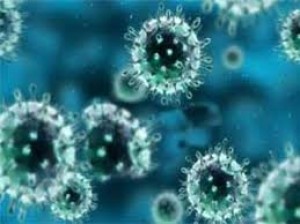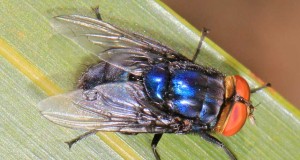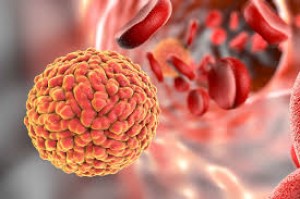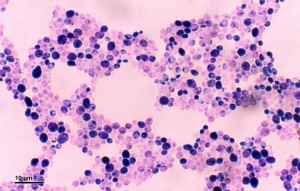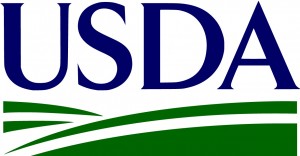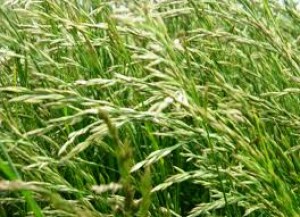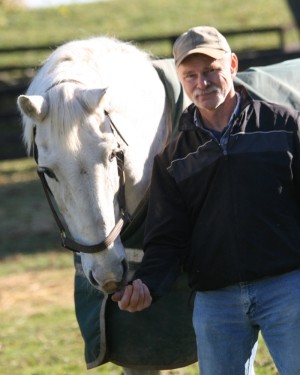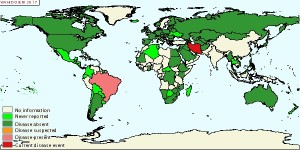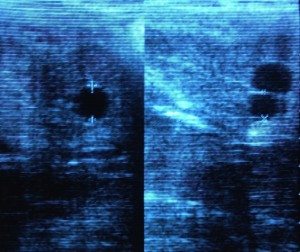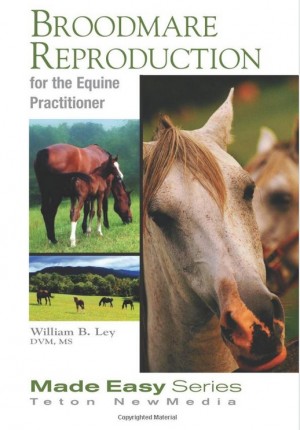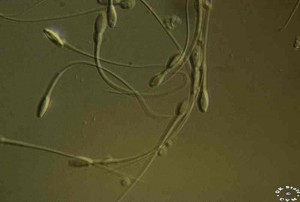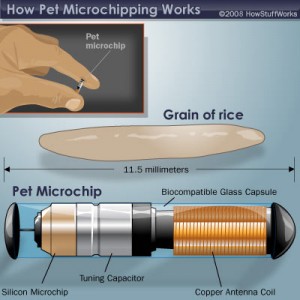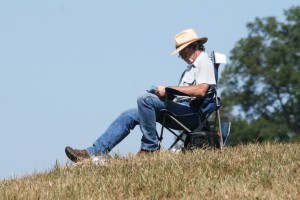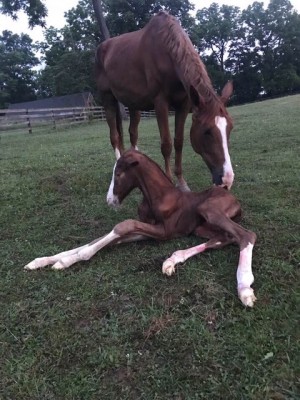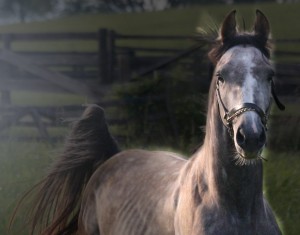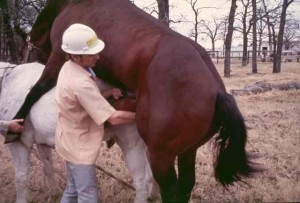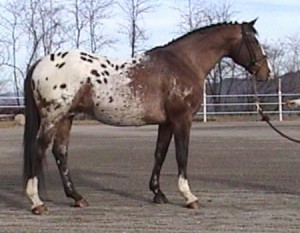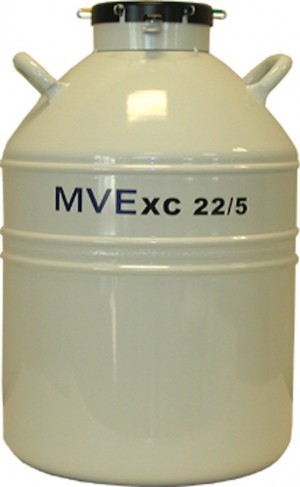Biosecurity for the Horse Farm
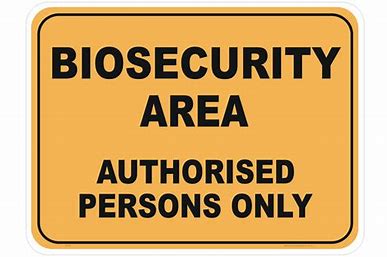
Horse owners, riders, trainers, and grooms all need to become more aware of the pitfalls associated with coming into casual contact with new horses both on the farm and at any type of equine event away from home. In a quick review as of this writing, the Equine Disease Communication Center (EDCC; website: http://www.equinediseasecc.org/) has reported 6 quarantine events related to an occurrence of Equine Herpesvirus-1 myeloencephalopathy (EHM) in Virginia in 2018; this is compared to 2 such events in 2017 and 1 in 2016. In our neighboring state of Maryland, 4 quarantine events have occurred in 2018, 1 each in 2017 and 2016, and 2 in 2015. Only 15 states in the continental United States have had no cases of EHM reported since data collection by the EDCC began. The spread of and the increasing number of cases of this potentially devastating infection necessitates that biosecurity measures must be taken seriously.
What does biosecurity mean? In a nutshell, it means protecting you and your horses on the farm or stable from being exposed to infectious disease agents. Most importantly, these include Strangles, Equine Influenza, and Equine Herpesvirus-1 (EHV-1, EHM). The staging or planning for a biosecurity program include the following:
Personnel
Education of all humans associated with the care and management of your horses is key to a successful biosecurity program. The more you know, the less likely you will be caught unaware of a potentially contagious / infectious scenario. Many resources exist for reading and review, The EDCC referred to above is a comprehensive source, as is the American Association of Equine Practitioners (AAEP; website: https://aaep.org/horse-owners/horse-health). You should also restrict or attempt to control the frequency and number of visitors to you farm or stable area. They should be advised of the potential dangers of casual contact between them and your horses. A visitor log may be in order to enable trace back inquiries should it become necessary.
New Arrivals
Every new arrival to your barn or stable should be isolated or quarantined from your resident horses for a minimum of 30 days. This applies to every new arrival, no exceptions. Stress of travel, adjustment to a new environment, change in feed/ forage, and many other unsuspected sources of stress to the new horse can potentially suppress the immune system and allow an underlying infectious agent (i.e., EHV-1, strangles) to emerge. Rectal temperature should be monitored twice daily during the entire period. Feed and water intake should also be monitored. Such horses should be handled last in the order of routine morning and evening chores; each time the personnel doing such should wash their hands thoroughly and clean and disinfect any tools, buckets, grooming aids, etc. that come into contact with the new horse(s). This includes a change of clothing and disinfection of boots or shoes worn while working in the immediate environment of the horse(s).
Preventive Health
Vaccination can prevent many diseases, but not all or are completely protective. Do not rely on vaccination as the mainstay of your biosecurity program. Do not forget that a sound parasite control program is also important, not with respect to preventing an infectious disease outbreak, but in preventing or minimizing exposure of your horses to any newly introduced internal parasite.
Equipment
Anything that comes into contact with the horse or horses in quarantine / isolation should be either reserved for only their use during the period of observation, or they need to be disinfected before they may be used in another horse’s environment. Wheelbarrows, manure forks, grooming aids, buckets for water or feed, saddles, bridles, halters, lead shanks and ropes are all included. Your horse trailer also falls into this general category of equipment.
Quarantine / Isolation
As referred to above in the section for new arrivals, the minimum period of quarantine or isolation is 30 days. The area selected should be away from other horses on the farm as much as is possible. A separate barn and / or paddock would be ideal. Double fencing between paddocks with a minimum of 20 feet between fence lines is recommended. Water sources must be separate and not shared. Drainage from the isolation paddock must not go into another paddock used by resident horses. Stalls used in a common barn for quarantine must have solid walls at least 8 feet tall that do not allow contact with any horse in the stall next door. If this is not available a vacant stall next door (one or both sides) may be an alternative method. Horses stabled across the barn aisle are at risk of exposure to respiratory pathogens as well; a cough can spread viruses up to 20 feet. Manure and soiled bedding should be held in a separate compost area or disposed of off the farm until the end of the quarantine / isolation period.
Disinfectants / Hygiene
The EHV-1 virus is easily killed by most disinfectants. Conventional disinfectants and detergents are the best. It is important to perform hand hygiene (wash hands with liquid soap and dry thoroughly) or use an alcohol-based hand sanitizer, or wear disposable gloves when working with the horse in question and disposing of them immediately after each use. A solution of 1 part chlorine bleach to 10 parts water is effective for decontaminating both equipment and the environment. Select a disinfectant that has documented effectiveness in the presence of 10% organic matter, works in the water hardness of your barn or stable, and is safe to use around horses and humans. Commercially available disinfectants are also adequate in most situations (e.g., One Stroke Environ, TekTrol, Pheno-Tek II, VirKon-S, Roccal, and etc.) Washing exposed clothing in hot water with detergent and drying in a dryer is adequate. Disposable coveralls are a good option to reduce the need for frequent laundering.
Environment
The EHV-1 virus can survive up to 7 days in the environment under normal circumstances, and has been demonstrated to live for up to of one month under perfect environmental conditions. Vermin control is critical, especially for disease agents that can be transmitted on fomites. Rodent, bird, and insect control should be evaluated and minimized or eliminated if possible. Other barn animals, your dogs, cats and goats, should also be kept away from the quarantine / isolation areas.
The same principles apply at home as well as when on the road. At shows, events, clinics or other venues where many horses of diverse origin are gathered, the potential for disease agent transmission is high. Do your best to keep your horse safe from exposure using common sense and attempt to use the guidelines discussed above. Remember that when returning to the home farm, barn or stable that your horse (or horses) have now become the ‘new’ arrival(s), and while a strict quarantine or isolation may not be entirely reasonable, it should be considered in order to protect those at home from being exposed to any potential pathogen they might have brought home with them. It is especially important to keep your travelling show and event horse (or horses) separated from your pregnant mares, weanlings and yearlings.
Dr. William B. Ley DVM, MS, DACT Articles
Related Links
Allowed: 64M/67108864KB.
Current: 6159KB. Peak: 6229KB.


